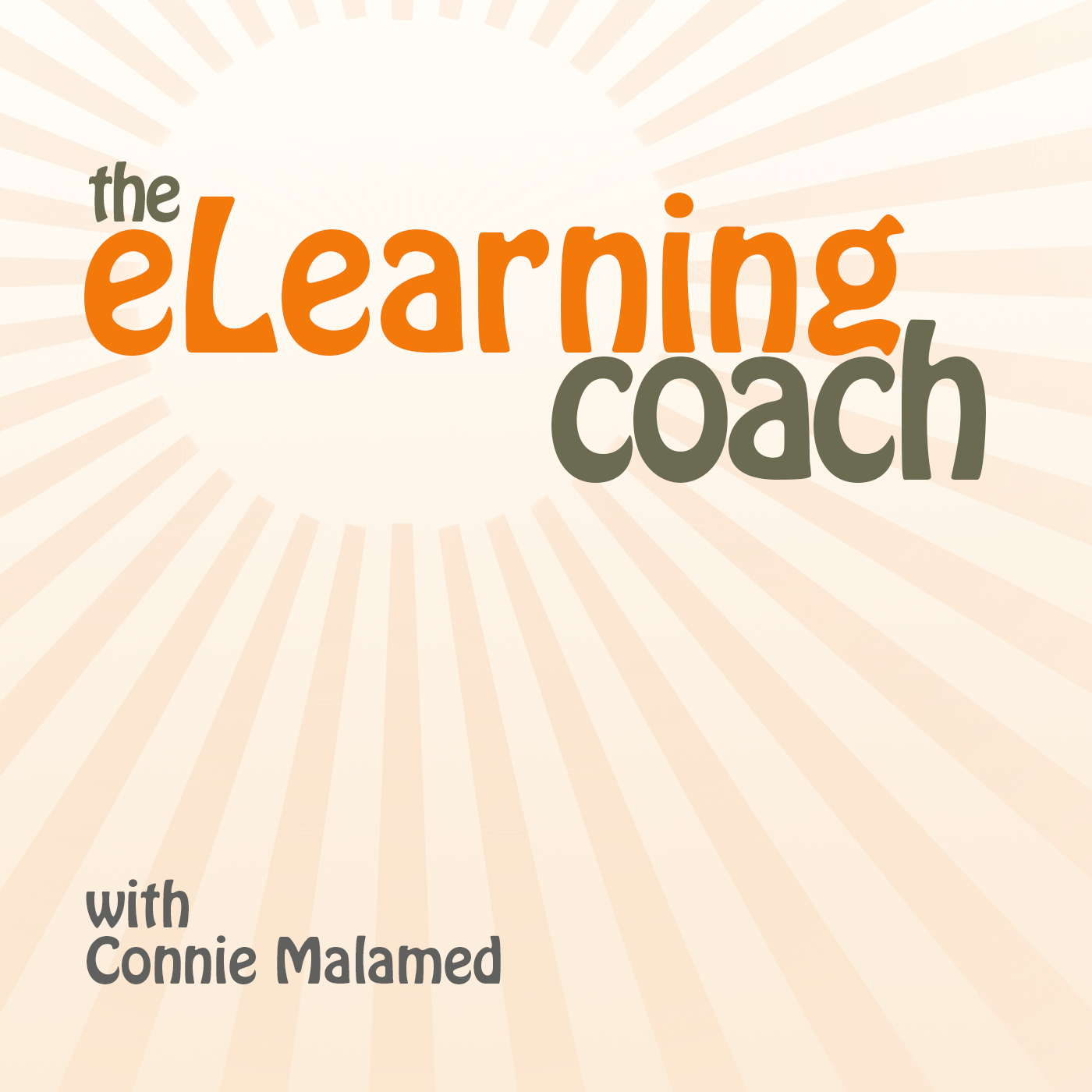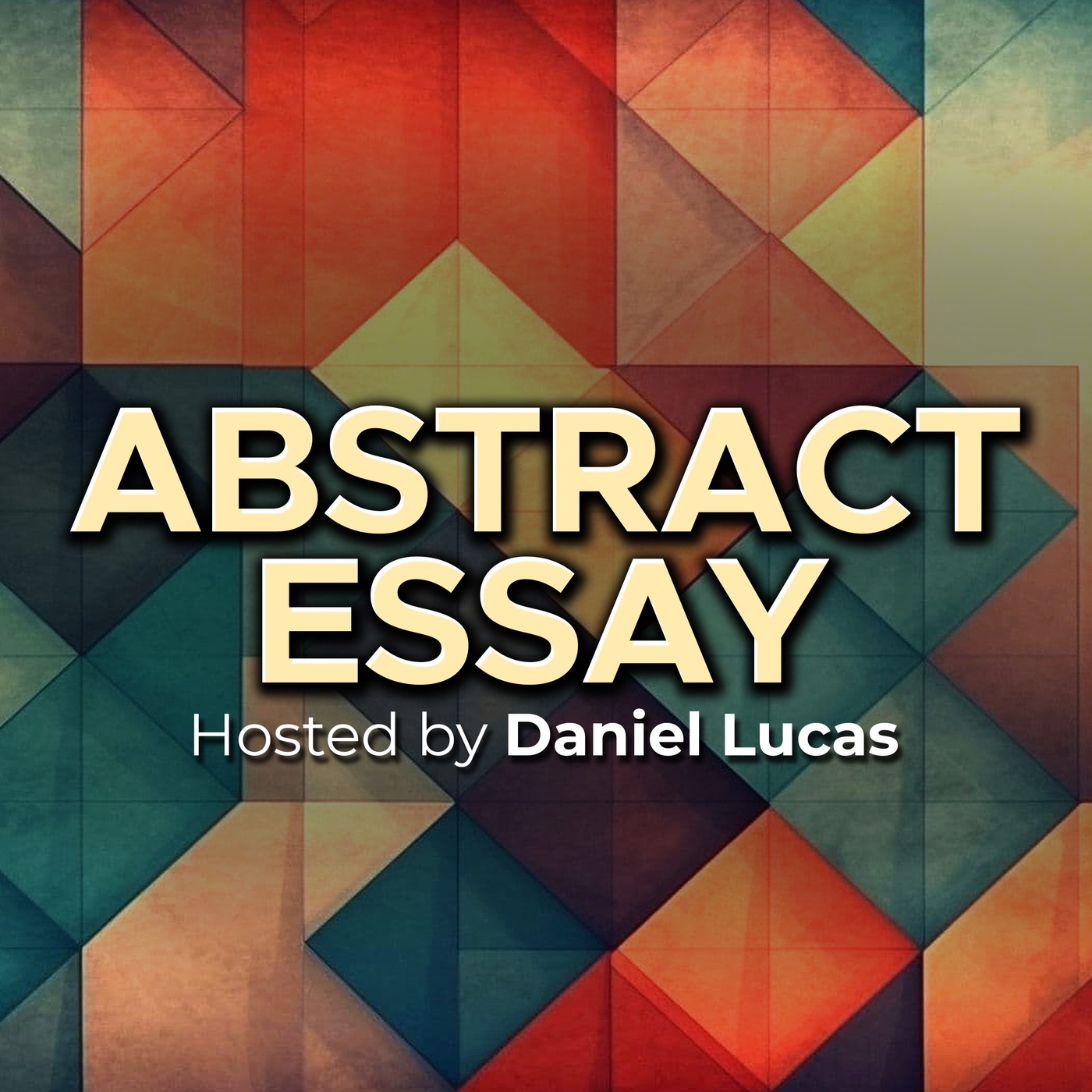
Designing with Love
Hosted by Grand Canyon University (GCU) adjunct instructor and professional instructional designer Jackie Pelegrin, this podcast explores instructional design, e-learning, and how to incorporate AI technology into different aspects of your work. Tune in for expert tips, real-world insights, and inspiring stories from students, alumni, and leaders in the field.
Designing with Love
Needs Analysis and Learner Personas: Your Secret Weapon for Effective Learning
What happens when you launch a learning experience that misses the mark despite solid content? The critical missing ingredient might be a deep understanding of your audience. In this episode, we explore the often-overlooked foundation of effective instructional design: learner needs assessment and persona creation.
Drawing from years of experience, Jackie breaks down why understanding your audience is step one of truly human-centered design. She explores five practical methods for assessing learner needs.
The heart of this message resonates with Steve Jobs' wisdom: "Design is not just what it looks like and feels like. Design is how it works." Whether you're creating corporate training, higher education courses, or K-12 curriculum, this approach transforms your work from information presentation to problem-solving that genuinely serves your learners' needs.
🔗 Episode Links:
Please check out the resources mentioned in the episode. Enjoy!
Assessing Learner Needs and Personas Infographic
7taps Learner Persona Template
Join PodMatch!Use the link to join PodMatch, a place for hosts and guests to connect.
Disclaimer: This post contains affiliate links. If you make a purchase, I may receive a commission at no extra cost to you.
💟 Designing with Love + allows you to support the show by keeping the mic on and the ideas flowing. Click on the link above to provide your support.
☕ Buy Me a Coffee is another way you can support the show, either as a one-time gift or through a monthly subscription.
🗣️ Want to be a guest on Designing with Love? Send Jackie Pelegrin a message on PodMatch, here: Be a guest on the show
🌐 Check out the show's website here: Designing with Love
📱 Send a text to the show by clicking the Send Jackie a Text link above.
👍🏼 Please make sure to like and share this episode with others. Here's to great learning!
Hello and welcome to the Designing with Love podcast. I am your host, Jackie Pelegrin, where my goal is to bring you information, tips, and tricks as an instructional designer. Hello, GCU students, alumni, and fellow educators, welcome to episode 51 of the Designing with Love podcast. In this episode, I will discuss something foundational, something every instructional designer should be doing, but often gets skipped in the rush to meet deadlines, assessing learner needs, and creating effective learner personas. If you've ever launched a learning experience and found that it missed the mark, not because the content wasn't good, but because it didn't connect with your audience, then this episode is for you. So let's dive into why understanding your learners is step one of a truly human-centered design. Instructional design isn't just about putting information together. It's about solving learning problems, and to solve a problem, you first need to understand it. Assessing learner needs helps us understand questions like: What does my audience already know? What do they need to know to succeed, and what's getting in their way of truly understanding the content? Whether you're creating training for new employees, developing an online course for adult learners, or working on a K-12 curriculum, these needs assessments are the compass that guides your design decisions. So, how do we assess those needs? Here's are a few quick methods. Method number one: surveys and questionnaires. These are great for collecting broad data quickly. You can use tools like Google Forms or Microsoft Forms to collect and analyze the data. Make sure to ask about skill levels, confidence, challenges, and motivations. Method number two: interviews and focus groups. With these, you can gain deeper insights into learner attitudes and experiences. These work especially well for small or high-stakes projects. Method number three: job shadowing and observations. If you're working on a corporate or on-the-job training, make sure to spend time watching what learners actually do day-to-day. Method number four: pre-assessments. Here, you can use quizzes or scenario-based questions to test current knowledge and skills. And finally, method number five is stakeholder conversations. Make sure to include your SMEs and managers, because they know what success looks like, even if learners can't articulate it themselves. Once you've gathered the data, the next step is turning it into something usable for your project.
Jackie Pelegrin:Here's where learner personas are so valuable. A learner persona is a semi-fictional profile that represents a key segment of your audience. Think of it like a character sketch. It helps you design for someone, not at someone. Here's what a strong learner persona might include A name and photo. This is where you give them life, age and background, learning goals, pain points or barriers, preferred learning methods, motivation triggers and technology comfort level. So let's take a look at an example so you can imagine what a learner persona might look like.
Jackie Pelegrin:Meet Maria. She's a 34-year-old healthcare worker going back to school for a certification. She's confident in hands-on skills but struggles with online platforms. She studies late at night after putting her kids to bed and needs short, mobile-friendly modules. She's motivated by progress badges and wants to feel like she's moving forward. Knowing Maria exists changes how you design. You will likely think differently about pacing, mobile responsiveness and tone. This allows you to make design choices that love your learner.
Jackie Pelegrin:So you may be wondering how can you create learner personas for your projects? Let's take a few minutes to explore some helpful tools that you can use to create effective learner personas using the information I mentioned earlier. Links for each of the tools is provided in the show notes. Tool number one seven taps. This micro learning tool allows you to create laser focused learner personas in 15 minutes flat, which is great. You can download a free Canva template from their website that includes some crucial elements for designing microlearning that will wow your learners and your boss too.
Jackie Pelegrin:Tool number two Miro. Using Miro, you can create a user persona that targets user profiles to better understand them. The format is similar to a whiteboard with sticky notes. Tool number three the format is similar to a whiteboard with sticky notes. Tool number three Lucid. Using Lucid, you can create a user persona that contains the person's name, age, location, occupation, income, bio and personality traits. The template also allows you to create an empathy map with goals, wants and needs and pain points.
Jackie Pelegrin:When you combine needs assessments with learner personas, you build a design strategy that is both data-informed and empathy-driven. It's no longer just content delivery, it's human connection. That's what designing with love really means. Oh, and here's a tip If you're short on time, you don't have to create 10 personas. Start with two or three. Focus on your primary audience and the outliers who might be hard to understand. Make sure to use your personas throughout the design process, refer to them in meetings, during prototype reviews and even when evaluating learning outcomes and evaluating learning outcomes. I hope you have found this information about the benefits of assessing learner needs and creating effective learner personas helpful as you design engaging, learner and human-centered designs. As a recap, we covered why it is important to assess learner needs, creating learner personas that actually work, and how to bring it all together. So here's your challenge for this week Take a look at your current or upcoming project.
Jackie Pelegrin:Have you done a learner needs assessment? If not, schedule a quick stakeholder chat, send out a mini survey or simply jot down what you think your learners need and go validate it. Then try drafting one learner persona using real data you've gathered. Make sure to give them a name. You can also hang their profile next to your desk as a reminder. Design like you're designing for them because you are.
Jackie Pelegrin:I would encourage you to view the interactive infographic that I developed, which covers the key information I discussed in the episode, especially if you are new to instructional design. I discussed in the episode, especially if you are new to instructional design. If you found this episode helpful, please send me a text or leave a comment on the companion blog site. You can also share this episode with a fellow instructional designer or educator.
Jackie Pelegrin:As I conclude this episode, here's an inspiring quote from the late Steve Jobs Design is not just what it looks like and feels like. Design is how it works. This quote is a powerful reminder that great instructional design isn't just about aesthetics or content. It's about function, and function begins with deeply understanding your learner's needs and designing with them in mind. Thank you for taking some time to listen to this podcast episode today. Your support means the world to me. If you'd like to help keep the podcast going, you can share it with a friend or colleague, leave a heartfelt review or offer a monetary contribution. Every act of support, big or small, makes a difference and I'm truly thankful for you.
Podcasts we love
Check out these other fine podcasts recommended by us, not an algorithm.

Buzzcast
Buzzsprout
Podcasting Made Simple
Alex Sanfilippo, PodMatch.com
The eLearning Coach Podcast
Connie Malamed: Helps people build stand-out careers in learning design.
Dear Instructional Designer
Kristin Anthony
The Visual Lounge
TechSmith Corporation
The Way I Heard It with Mike Rowe
The Way I Heard It with Mike Rowe
The WallBuilders Show
Tim Barton, David Barton & Rick Green
Bible Verses 101
Daniel Lucas/Karen DeLoach/Jackie Pelegrin
Wake Up the Lions!
Rory Paquette
Revelations with Cole Johnson
Cole Johnson
Seven Mile Chats
Julia Strukely
Book 101 Review
Daniel Lucas
LOVE Letters
Daniel Lucas
Mental Health 101
Daniel Lucas
Movie 101 Review
Daniel Lucas And Bob LeMent
Geography 101
Daniel Lucas
Abstract Essay
Daniel Lucas /Sal Cosenza
Relatable Wisdom
Wisdom
My Podcast Story
Wisdom
Conversations with Rich Bennett
Rich Bennett
The KAJ Masterclass LIVE
Khudania Ajay
Daniel Bernabe. Daily Inspirational Quotes.
Daniel Bernabe
The Talking Silkworm Podcast
Talking Silkworm
lethal venom
Noah May

